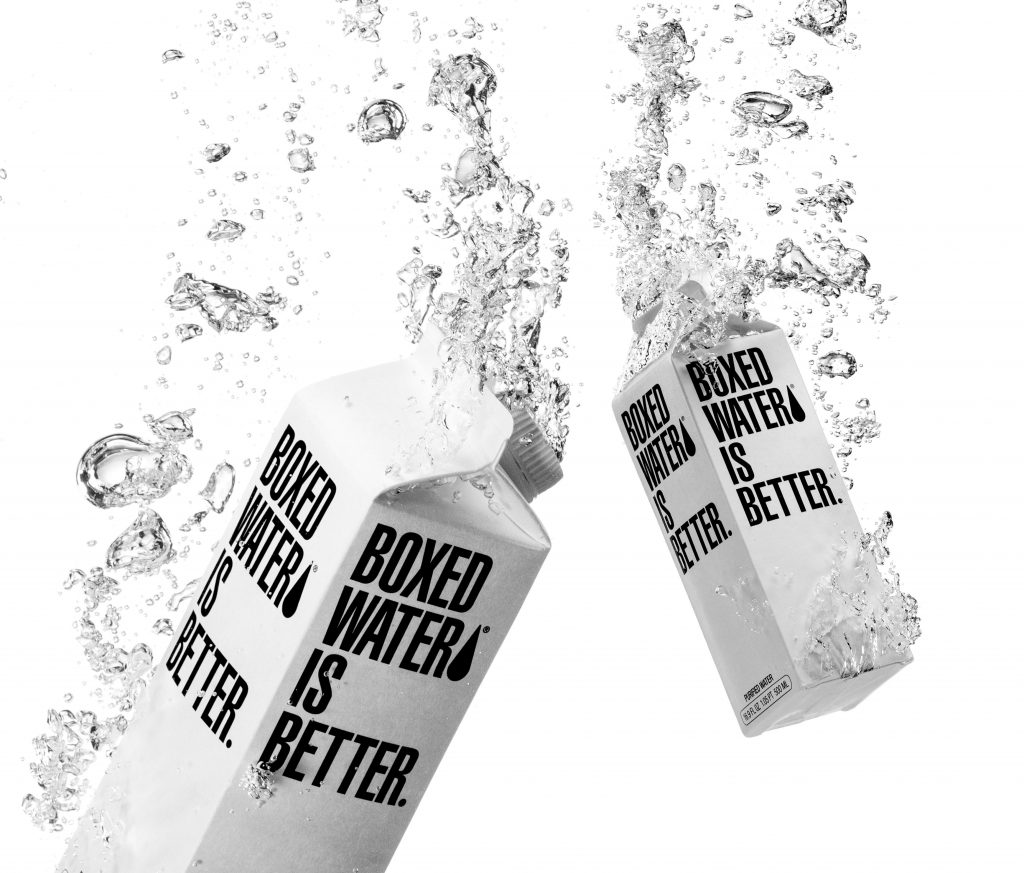The next three years will see continued growth in online retail sales, climbing from 14% per year to over 25% a year (Forrester Research). As e-commerce continues to grow in both size and importance for all brands, so too grows the importance for effective packaging design. Packaging remains the ultimate opportunity to develop and solidify strong brand-consumer interactions, but the digital age requires brands to adapt their packaging in the new 360° multi-channel world. Integrating packaging within your digital processes is a key part of digital marketing, helping to create a seamless consumer experience.
(Re)designing Your Packaging
The ability to get what you need when you need it brings new challenges for packaging designers needing to create powerful designs which can also survive on their journey through the e-commerce supply chain. This is precisely why major online retailers, including Amazon and Alibaba, are driving innovation in durable design. This is crucial in ensuring that a consumer’s first physical interaction with a product is not blighted by damaged packaging. As the e-commerce sector expands to perishable items, there will also be an increased focus on providing packaging design that minimises the environmental impact on products.
Thoughtful colouring remains a key consideration for consumers with 37% of consumers identifying colour as the most appealing feature of packaging (WePack). Meanwhile, 25% identified imagery as the feature which most often caught their eye (WePack); new technologies in digital print can help to create eye-catching, high quality graphics to enhance packaging. Particularly for online-only brands, there is an even greater focus on using packaging to maximise the impact of the “unboxing experience”. For example, DS Smith’s eBox combines primary and secondary packaging in a stylish box which resembles a zipper when opened. Creating memorable unboxing experiences can engage customers in a new unique way, opening up an enduring moment for each consumer.
Connective Technologies and the Internet of Packaging
Connective packaging is also set to grow considerably in the coming years with the number of connected products forecast to increase from five billion today to 21 billion by 2020 (Gartner). This is driven by brand owners becoming increasingly aware of the massive potential of technologies such as Near-Field communication, QR codes and Augmented Reality. These technologies not only seamlessly integrate physical packaging and digital content, but also allow brands to communicate with their customers more proactively. This is enhanced by applying the Internet of Things to packaging, which will help to refine consumer analytics and better engage customers to gain and retain brand loyalty. This is likely to have the biggest impact on the increasingly affluent millennial market group. Numerous brands have already developed connected packaging with considerable effect including KitKat’s use of QR codes and Fanta’s AR takeover of Shazam.
To find out how We Are Amnet can support your packaging initiatives, please contact us at hello@weareamnet.com






